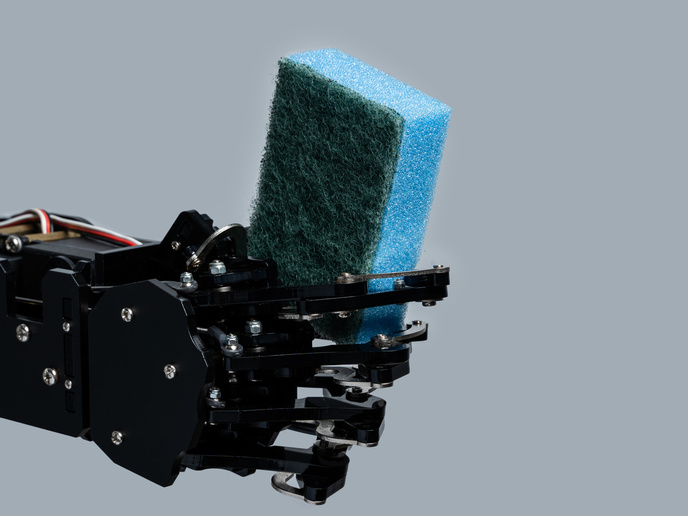A future with zero road deaths – is it possible?
A reported 25 300 people lost their lives on EU roads in 2017. Vulnerable road users (VRUs) accounted for almost half of these road victims, where 21 % of all people killed on roads were pedestrians and 8 % were cyclists. The work ahead The PROSPECT project, set out to reduce these statistics by targeting the two VRU groups with the most fatalities: cyclists and pedestrians. “We sought to enhance road safety by significantly improving the effectiveness of active VRU safety systems compared to those in the market,” explains Ilona Cieslik, the project coordinator. By expanding the scope of VRU scenarios and improving overall system performance, project partners believed this would help them lay the foundations for the next generation of active VRU safety systems for cars. This should ultimately reduce crashes – mainly at intersections. Project impact PROSPECT developed and assembled three vehicle demonstrators. On the hardware side, the integration of an increased number of recent radar and camera sensors, featuring a higher field of view and at a greater resolution, was achieved. On the software side, the project was able to extract more meaningful features from these sensors. For example, instead of just detecting a cyclist they are also able to detect the intentions of a cyclist, giving cars the ability to react accordingly. These systems were then integrated into test vehicles. PROSPECT results have visible implications for policies and regulations in understanding the real-world benefit of new advanced driver-assistance systems and related functions. Apart from technology demonstrators that will help maintain and extend leadership of European car manufacturers in intelligent vehicles and for autonomous driving, PROSPECT took a step forward in defining test and assessment methods for Euro NCAP consumer testing automatic emergency braking VRU systems. The project further supports EU decision-makers with an implemented novel benefit estimation methodology, including an assessment of the combined effect of active and passive safety measures. Cieslik reports: “Following the results of the PROSPECT benefit analysis, the local benefit regarding fatalities showed a 55-98 % decrease from the PROSPECT-like algorithms, depending on the use case.” It is estimated that the PROSPECT systems will increase the annual number of lives saved in the EU from 79-95 in 2025 to 280-336 in 2030. The corresponding estimates for reduced numbers of seriously injured people are 439-697 in 2025 and 1 558-2 474 in 2030. Looking towards the future Standardisation activities are foreseen to continue beyond the project’s duration, boosting competitiveness among car manufacturers. Cieslik further notes that “all industrial partners in this project are keen to bring the second-generation (pro) active VRU safety systems to the market.” There are also several customer-based opportunities, especially in testing services with PROSPECT use cases and consulting services for local governments, infrastructure providers and insurance companies. The project foresees that by 2025 the transfer of PROSPECT VRU active safety systems to other vehicle platforms will be realised. This gives hope that a future without roadside fatalities may actually be a reality. Cieslik concludes, “we would like to thank PROSPECT’s partners for their contribution to the work described in the article.” View the project’s work on YouTube.
Keywords
PROSPECT, fatalities, VRU safety systems, cyclist, pedestrian, car manufacturer, vulnerable road user, advanced driver-assistance system







